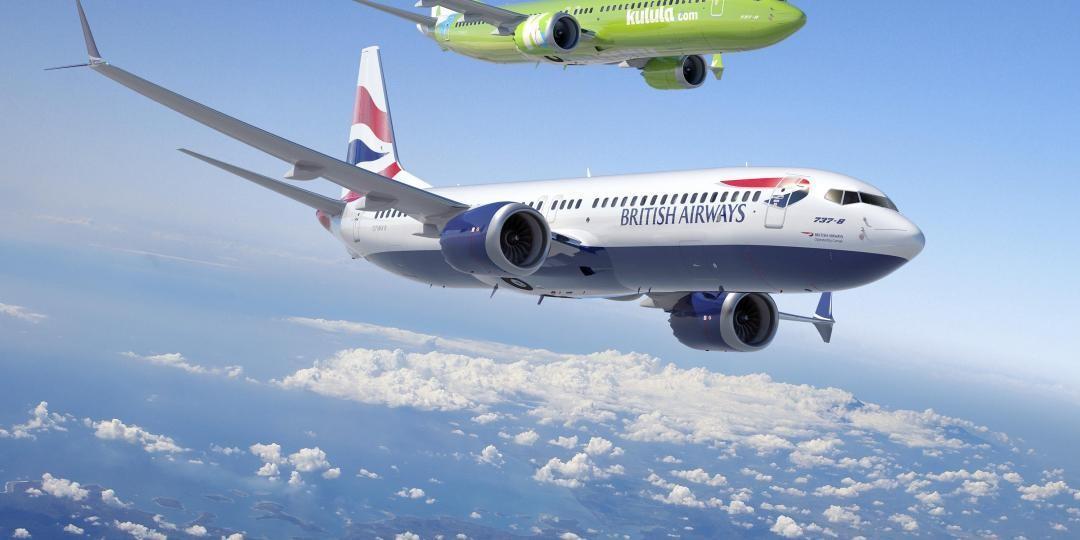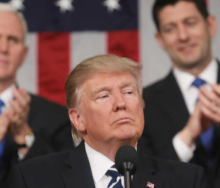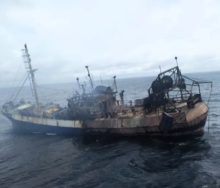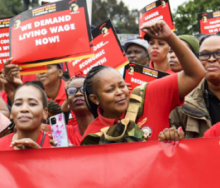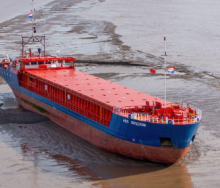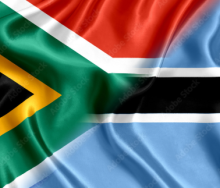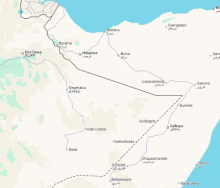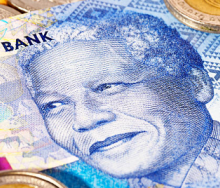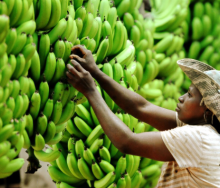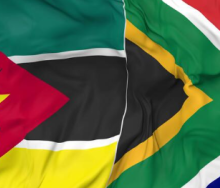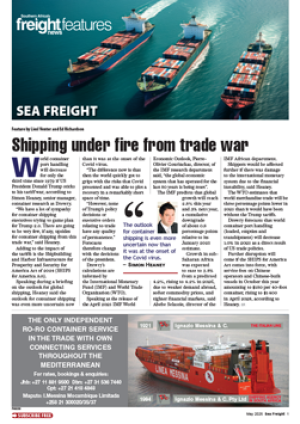While SAA’s Business Rescue Practitioners (BRPs) argue that the R10.5bn bailout allocated to the airline last month will “settle the sins of the past”, “restore trust” and “demonstrate the company and government’s commitment and good faith”, the reality is that it is not just taxpayers who are funding the continuation of the airline, but also creditors who must write off millions of rands through the “compromise” that the BRPs have outlined in SAA’s business rescue plan.
One such creditor, Comair, was awarded R1.2bn in damages by the High Court in 2017 when SAA’s travel agent incentive schemes were found to be anti-competitive. At the time, the airline, which was a dominant carrier in the market, was found to have paid travel agents to divert customers to its flights.
Brian Kitchin, Comair executive manager: sales and marketing, said that SAA had only settled about R500m of the R1.2bn owed.
“Even if SAA settles with its creditors, it will be a fixed amount for everyone. We will only receive about R20m. The original amount owed was R1.2bn so we will write off about R700m,” said Kitchin.
His response highlights an ironic situation where SAA’s main competitor on domestic routes is in fact paying for SAA’s anti-competitive “sins of the past”.
SAA’s BRPs list the “compromise with SAA’s creditors”, which they say involves a plan to repay them over a three-year period, as one of the achievements of the business rescue plan. “The plan contemplates a receivership to house legacy debt and create a structure for its repayment from government allocations, as well as the settlement of the debt owing to creditors and aircraft lessors following the compromise as provided in the approved plan,” said the BRP’s Siviwe Dongwana.
“The manner in which the plan responds to affected parties is a clear demonstration of the balancing act required to address their various interests and at the same time ensure that the airline is able to continue on a stronger financial footing. Thus, beyond the amounts allocated for the repayment of creditors, aircraft lessors and employees, the allocation for the refund of passengers’ tickets that have not been flown or are yet to be flown is a further demonstration of the company’s and the shareholder’s commitment and good faith. This will go a long way in ensuring that the airline does not contravene the requirements of Iata, amongst others, and at the same time restore trust with its trade partners,” he continued.
The amount allocated for the implementation of the plan will alleviate the financial strain to many of SAA’s suppliers and service providers, particularly those in the aviation industry that suffered immensely from the absence of flying during the lockdown. The payment of severance packages to employees is important as some are unlikely to find employment. The refunds to passengers are not only important for them but will go a long way in restoring credibility of the airline and the government as the shareholder. The business rescue process allows for a legal compromise through company law and so should enhance the credibility of South Africa as an investment destination based on the existence of appropriate corporate instruments to deal with companies in financial distress, comparable to other jurisdictions, for example the US’s Chapter 11. In summary, the allocated funding for the implementation of the SAA business rescue plan is not “going into a deep dark hole” and is not “a wastage of taxpayers’ money”. It allows for dealing with the company’s past and creating a platform for a better future,” added Dongwana.
Source: Travel News
